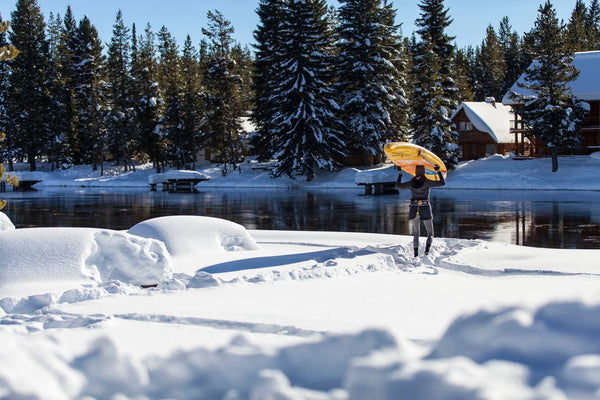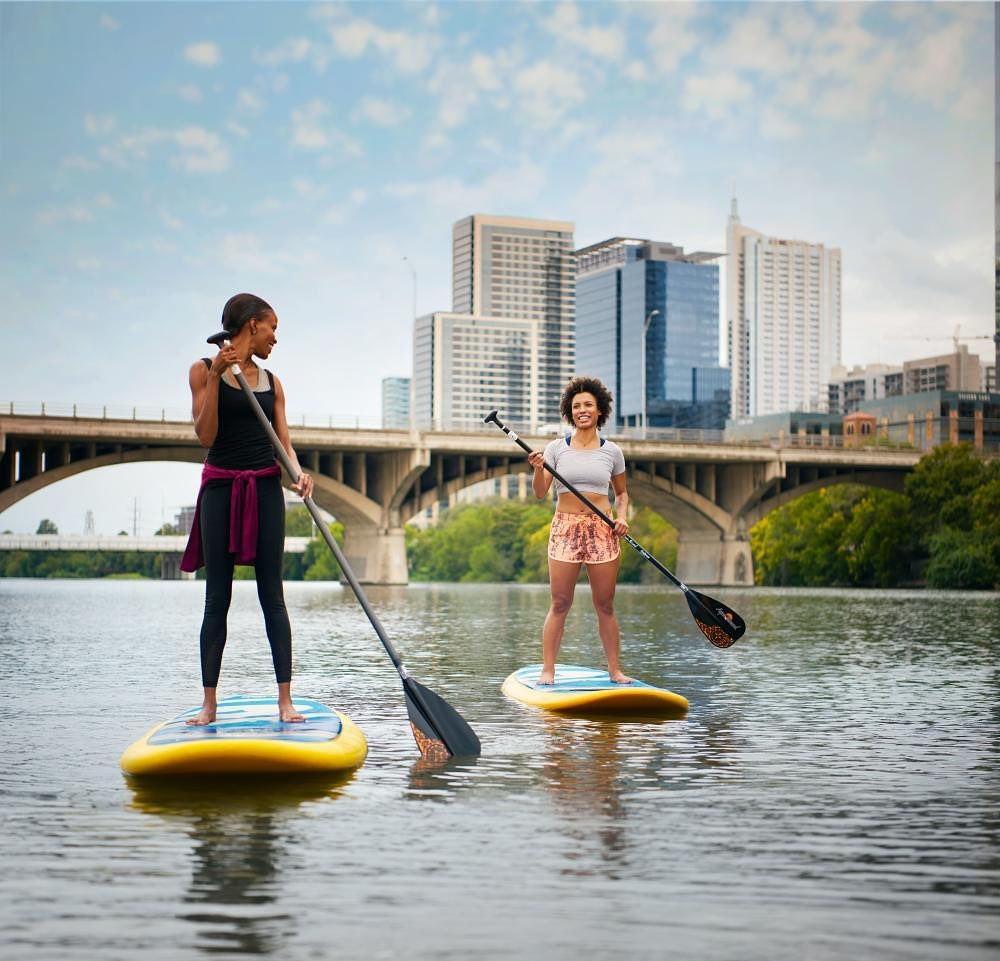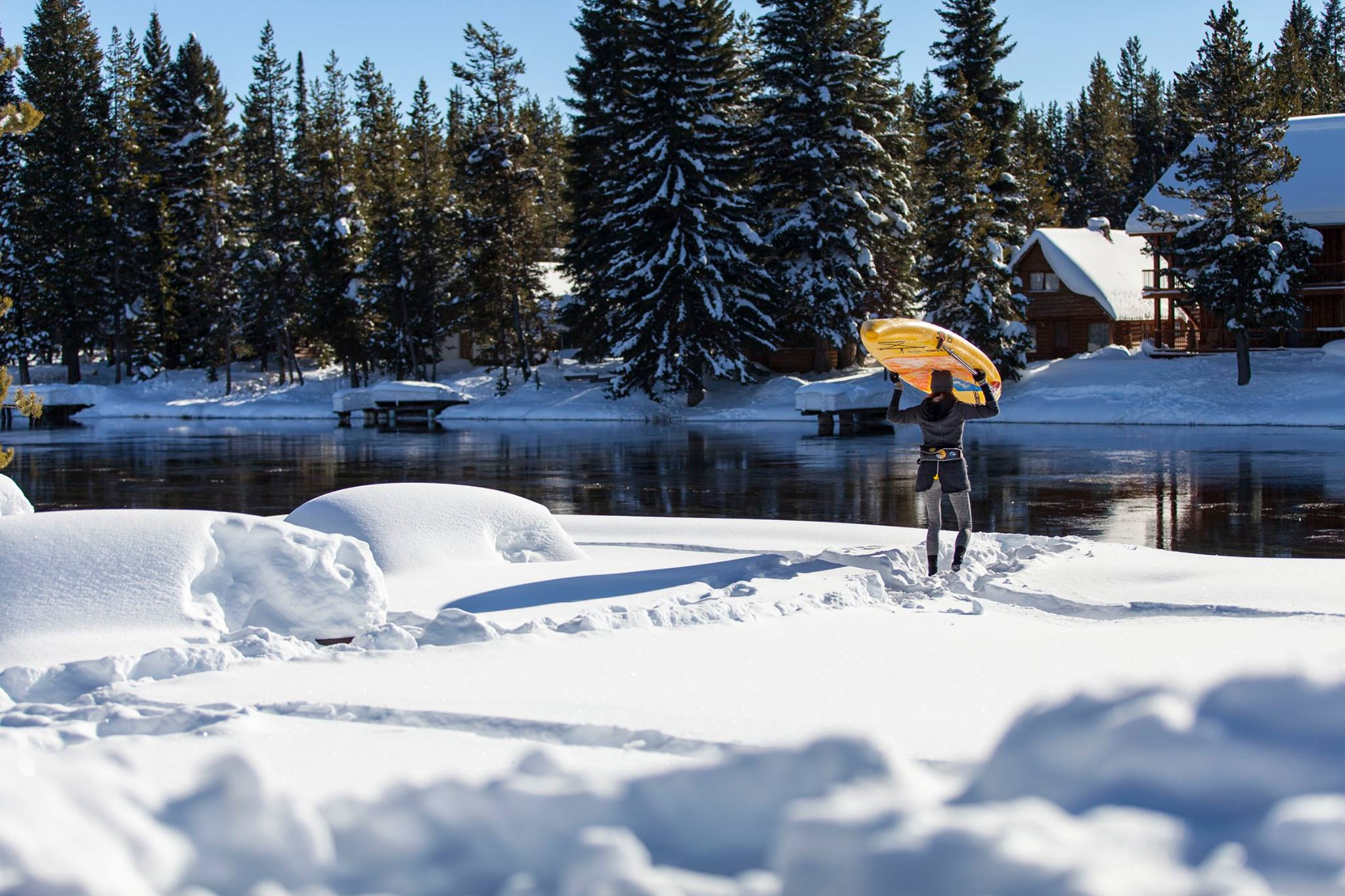
Stand Up Paddle Boarding and Climate Change: Navigating Shifting Waterways
As the globe warms and sea levels rise, the world of stand-up paddleboarding (SUP) faces both challenges and new opportunities. Traditional paddling locations are transforming, unforeseen waters are beckoning, and the sport's gear is evolving in response to climate change's relentless march. Here's how the SUP community is navigating these changing waters.
Key Highlights
- Impact on Traditional Locations: How climate change is transforming well-known paddle boarding spots.
- Emergence of New Paddling Spots: New waterways opening up due to environmental changes, offering fresh adventures.
- Evolving Gear Needs: The shift towards more versatile and climate-adaptable SUP equipment.
- Effects on SUP Events: How unpredictable weather patterns are influencing the organization and execution of SUP competitions and gatherings.
- Community Conservation Efforts: The role of the SUP community in environmental preservation and sustainable practices.
- Adaptations in SUP Learning and Teaching: How changing conditions are reshaping the way SUP skills are taught and learned.
- Navigating the Future: Strategies for paddle boarders to adapt to and mitigate the effects of climate change.
Climate change is an issue that affects us all, regardless of our hobbies or professions. In the world of stand-up paddle boarding, the effects of a warming globe and rising sea levels are becoming increasingly clear. Traditional paddling locations are changing, new ones are emerging, and even the type of gear paddlers need is evolving.
Altered Traditional Paddle Board Locations

One of the most visible effects of climate change on SUP is the transformation of traditional paddling locations. Many bodies of water, from the calm lakes ideal for flat water paddling to the exciting surf zones, are seeing shifts in their topography and ecosystem. Increased water temperatures and altered precipitation patterns can affect water quality and wildlife, changing the experience for paddle boarders.
SUP enthusiasts are having to adapt their approach to paddling, with advanced paddlers often needing to navigate around new challenges like more frequent or intense storms and fluctuating water levels. These changes are also influencing the SUP boards and other gear paddlers choose, with many opting for more versatile and durable options like inflatable paddle boards.
The Emergence of New Paddling Locations
While climate change is causing some traditional paddling locations to become less suitable, it's also leading to the emergence of new spots. Melting ice caps are creating new bodies of water in the Arctic, for example, opening up opportunities for intrepid SUP boarders seeking unique and challenging experiences.
On a more local level, changes in weather patterns are creating more opportunities for SUP in areas that used to be too dry or too cold for regular paddling. It's important for paddle boarders to stay updated with these changes and be prepared to explore new territories. Check out this article on embracing micro-adventures on paddle boards for inspiration.
Changing Gear Needs for your Stand Up Paddle Board
As the climate changes and the world of SUP adapts, so too does the gear paddlers need. With shifting water conditions, there may be an increased need for certain features like a personal floatation device, sun protection, or even additional storage space to carry gear for unexpected situations.
Inflatable paddle boards, known for their versatility and easy storage, have become an attractive option for many paddlers. Not only are they easier to transport to new or remote paddling locations, but they also offer more rigidity and stability in changing water conditions. Whether you're a beginner paddler or an experienced one, adapting your gear to meet the challenges of climate change is a necessary part of modern stand up paddle boarding.
Impact on SUP Events and the Sport's Evolution
With climate change comes the unpredictable and often extreme weather conditions. This can have a profound impact on scheduled SUP events, including races and surf competitions, that largely depend on favorable weather and water conditions. For instance, the international surfing association has had to adapt its programming to cater to the changing climate conditions.
However, it's not all doom and gloom. The evolving environment is also pushing the boundaries of the sport, with paddle boarders exploring everything from ice paddling in melting glacial lakes to paddling in previously inaccessible areas. These new adventures are a testament to the sport's resilience and the community's willingness to adapt and grow in response to the challenges posed by climate change.
Conservation Efforts in the SUP Community

As SUP enthusiasts, our love for water and nature inherently drives us towards conservation. The SUP community worldwide is stepping up to combat climate change, promote sustainable practices, and protect the waterways we hold dear. Many SUP riders are choosing boards made from environmentally friendly materials, and manufacturers are also working to reduce the environmental impact of their products.
The rise in eco-consciousness extends beyond the choice of gear. SUP paddlers are increasingly getting involved in conservation activities such as clean-up drives. Some even utilize their paddle boards as platforms for observing and reporting on aquatic life, contributing to scientific research and conservation efforts.
Navigating the Future

The changes climate change brings can be overwhelming, but they also open up new possibilities for exploration and growth within the SUP community. As paddlers, we must be aware of our impact on the environment and make efforts to reduce it, like picking up trash we encounter on our paddling trips or choosing eco-friendly paddle boards and gear.
Climate change is here, and it's already shaping our world, including the world of SUP. But with awareness, adaptability, and respect for nature, we can continue to enjoy and protect the waterways we love so much. Paddle on.
This article barely scratches the surface of the complex relationship between climate change and stand-up paddleboarding. For more insight into this fascinating topic, explore the extensive library of articles on the Glide SUP blog.

